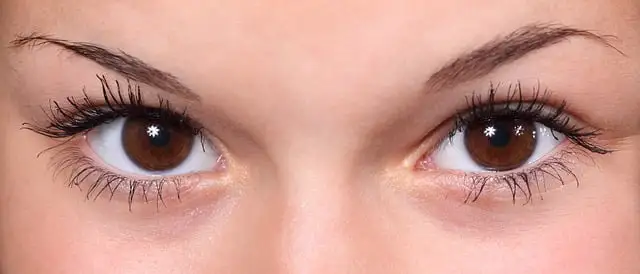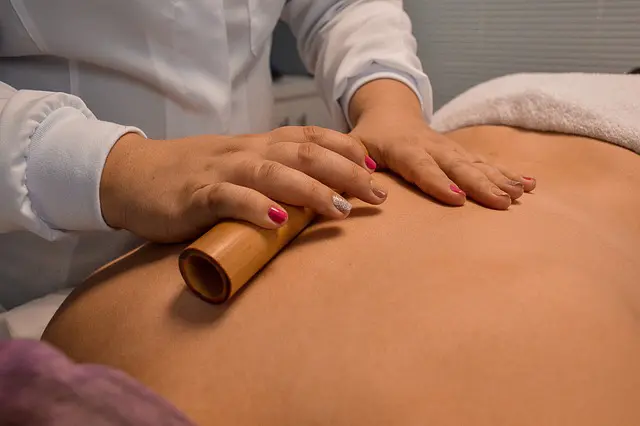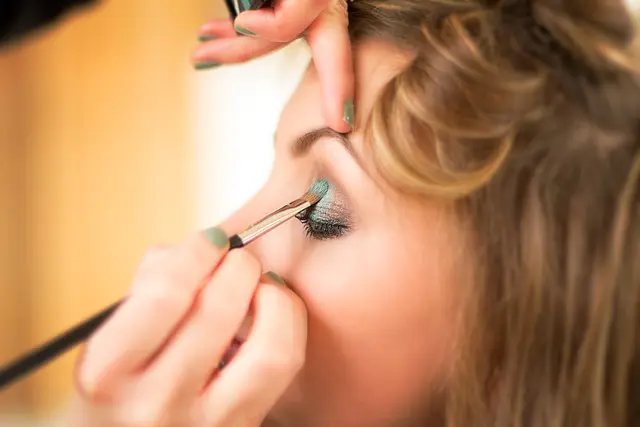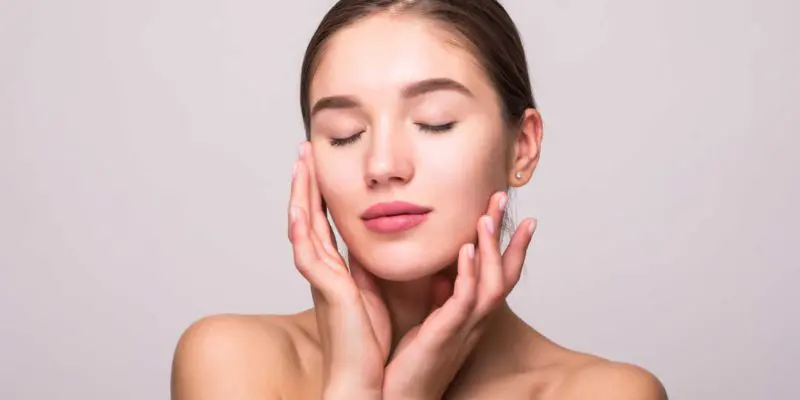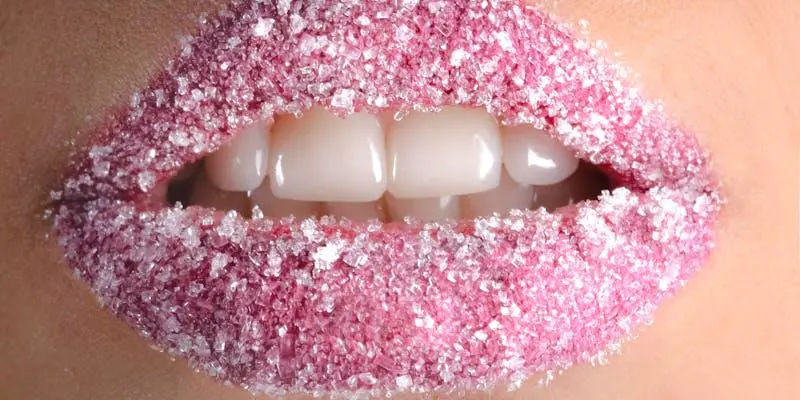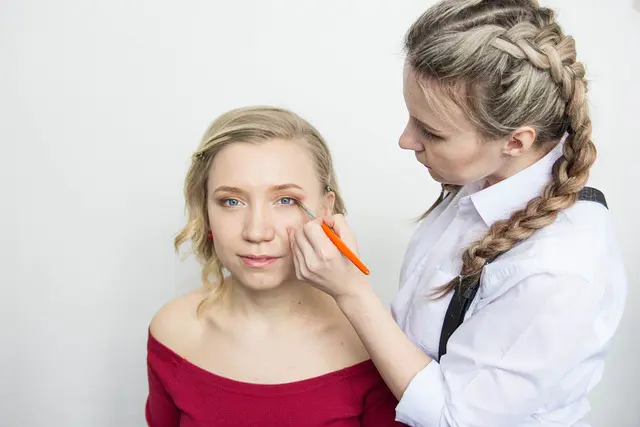The pursuit of radiant skin is a universal aspiration, yet the strategies and philosophies behind it vary significantly across cultures. This article explores how traditional skincare practices from around the globe are shaping the current beauty landscape.
Asia: Leaders in Skincare Evolution and Beauty Standards
Asian countries like Japan, South Korea, and China have been pioneers in the field of skincare. They have highlighted different aspects of skincare that have contributed to the global appeal of "K-beauty" and "J-beauty".
- South Korea's Comprehensive Routine: South Korea's skincare routine, which often includes up to 10 steps, is more than just a trend—it's a cultural practice. It involves the use of products such as essences and serums to achieve deep hydration and targeted treatments. The focus on hydration is based on the belief that it is essential for maintaining youthful skin.
- Japan's Concise Methodology: Japanese skincare emphasizes minimalism and high-quality ingredients. Time-honored ingredients like rice bran and green tea are used to brighten and calm the skin. Sun protection is also a crucial part of Japanese skincare, reflecting a cultural commitment to preserving an even skin tone.
- China's Botanical Wisdom: Traditional Chinese Medicine (TCM) has long influenced skincare, with ingredients such as ginseng and pearl powder believed to balance the body's energy and enhance skin radiance. TCM also highlights the connection between overall health and skin health, advocating for diets and teas that benefit the skin.
These Asian practices have revolutionized their local beauty industries and introduced global innovations such as sheet masks, cushion compacts, and fermented ingredients.
Africa: Honoring Natural Resources and Collective Knowledge
African skincare traditions are rooted in natural ingredients and shared wisdom. Each region has unique practices that honor the richness of the land.
- Morocco's Argan Oil: Known as "liquid gold," argan oil has been used by Berber women for centuries to moisturize and protect their skin and hair. Rich in vitamin E and fatty acids, this oil has become a global skincare staple.
- West Africa's Shea Butter: Shea butter, derived from the nuts of the shea tree, is a cornerstone of West African skincare. Its moisturizing and anti-inflammatory properties make it ideal for treating dry skin and other skin conditions.
- Ethiopia's Coffee Scrubs: Coffee is a popular exfoliant in Ethiopia. When combined with oils or honey, coffee grounds are used to exfoliate and improve circulation, leading to smooth and radiant skin.
African skincare traditions emphasize the importance of sustainability and community, with many practices being passed down through generations, preserving cultural heritage and the environment.
Europe: A Fusion of Timeless Elegance and Scientific Advancement
Europe has a rich skincare history, blending timeless elegance with scientific progress. From France's luxurious creams to the Mediterranean's natural remedies, European beauty traditions are as diverse as the continent itself.
- French Pharmacy Essentials: French skincare is renowned for its luxury and effectiveness. Brands like La Roche-Posay and Avène have popularized thermal spring water, which is rich in minerals and soothing properties. The French also prioritize gentle, pH-balanced cleansers and rich moisturizers.
- Mediterranean Olive Oil: Olive oil has been used for centuries in countries like Greece and Italy as a moisturizer and cleanser. Its antioxidants and fatty acids protect the skin from environmental damage and maintain skin elasticity.
- Nordic Cold-Weather Solutions: In Scandinavia, where harsh winters can affect the skin, ingredients like lingonberries, birch sap, and seaweed are used to hydrate and protect. The Nordic approach emphasizes simplicity and
Recent
See All2025-03-18
Discovering the Path to Glowing Skin: A Guide to Natural Radiance
2025-03-18
Navigating Skincare in Humid Weather: Strategies for Acne-Prone Skin
2025-03-18
Embarking on the Journey to Lasting Lip Color and Enhanced Lip Volume
2025-03-18
The Vital Role of Sleep in Achieving Healthy Skin: A Path to Glowing Skin
2025-03-18
Enhance Your Skin's Glow with Scientific Skincare: Tips for a Brighter Complexion
2025-03-18
Celebrating the Union of Beauty and Wellness for a Radiant Appearance
2025-03-18
Cultivate Your Skin's Health: Uncover the Perfect Body Wash for Your Skin Type
2025-03-18
Embarking on a Journey to Eternal Beauty: Cultivating Skin for Lasting Grace
2025-03-18
Timeless Elegance: The Persistent Influence of Vintage Style in Modern Fashion
2025-03-18
Glowing Skincare: Harnessing Glycerin for a Brighter You
Newsletter
Get life tips delivered directly to your inbox!
